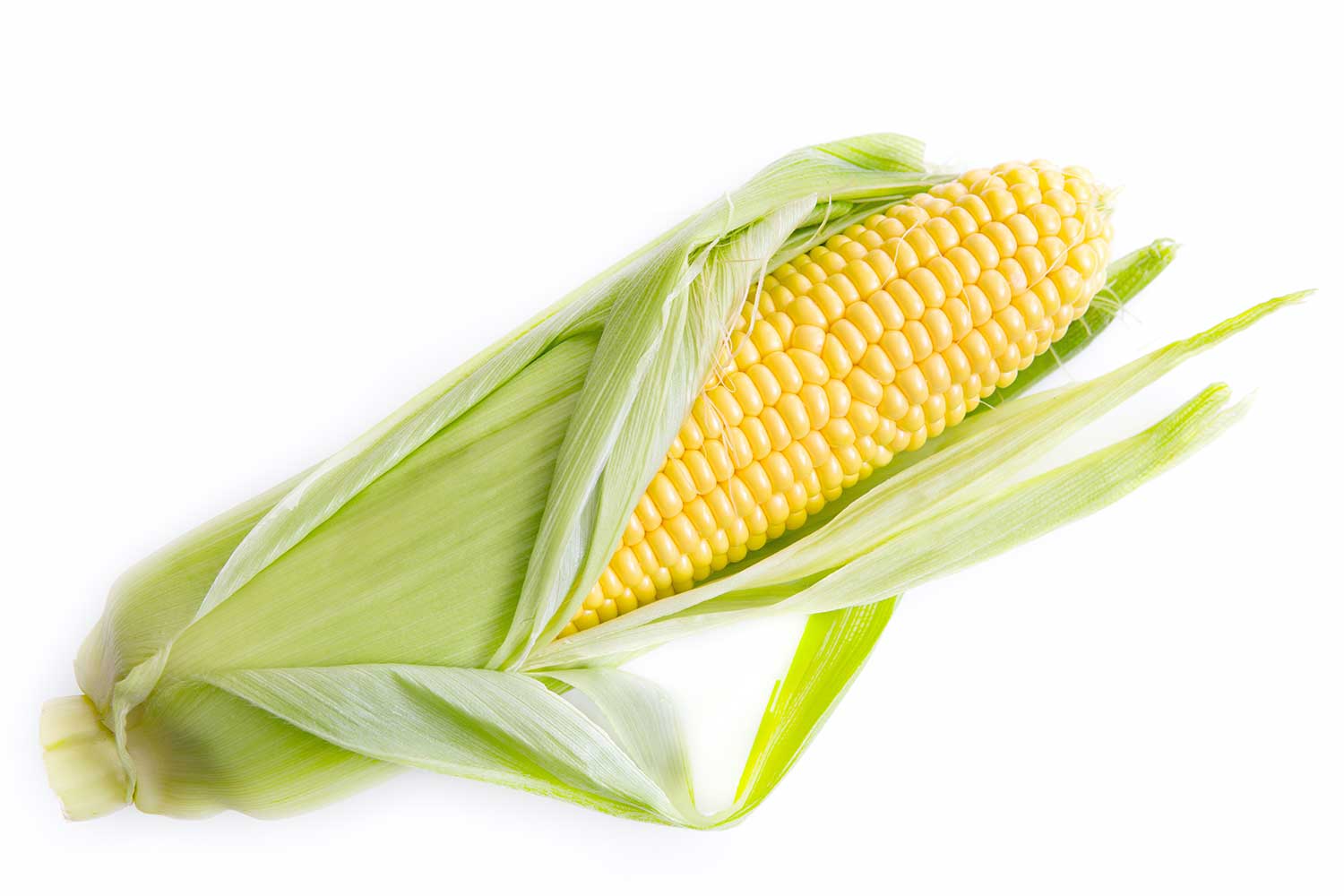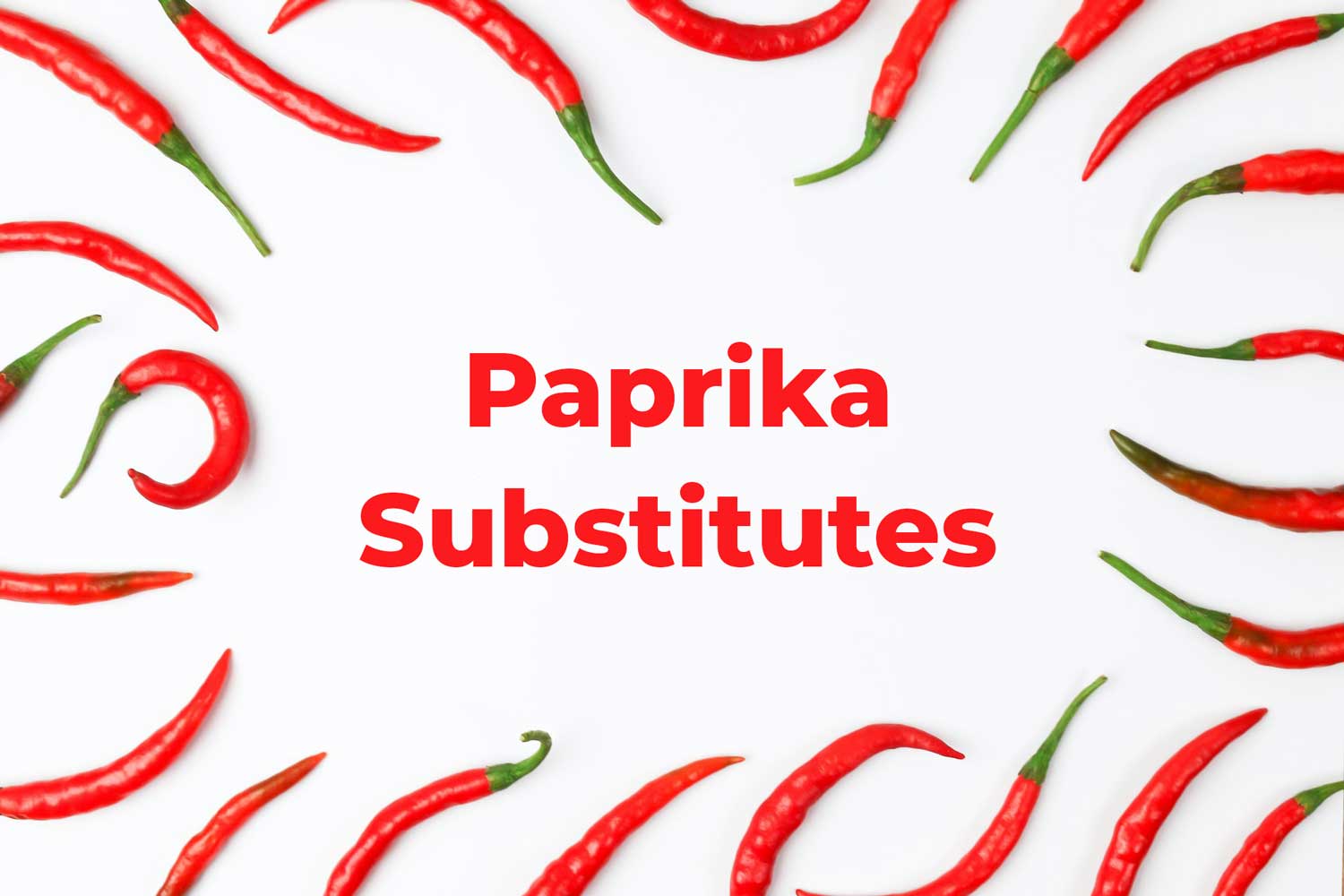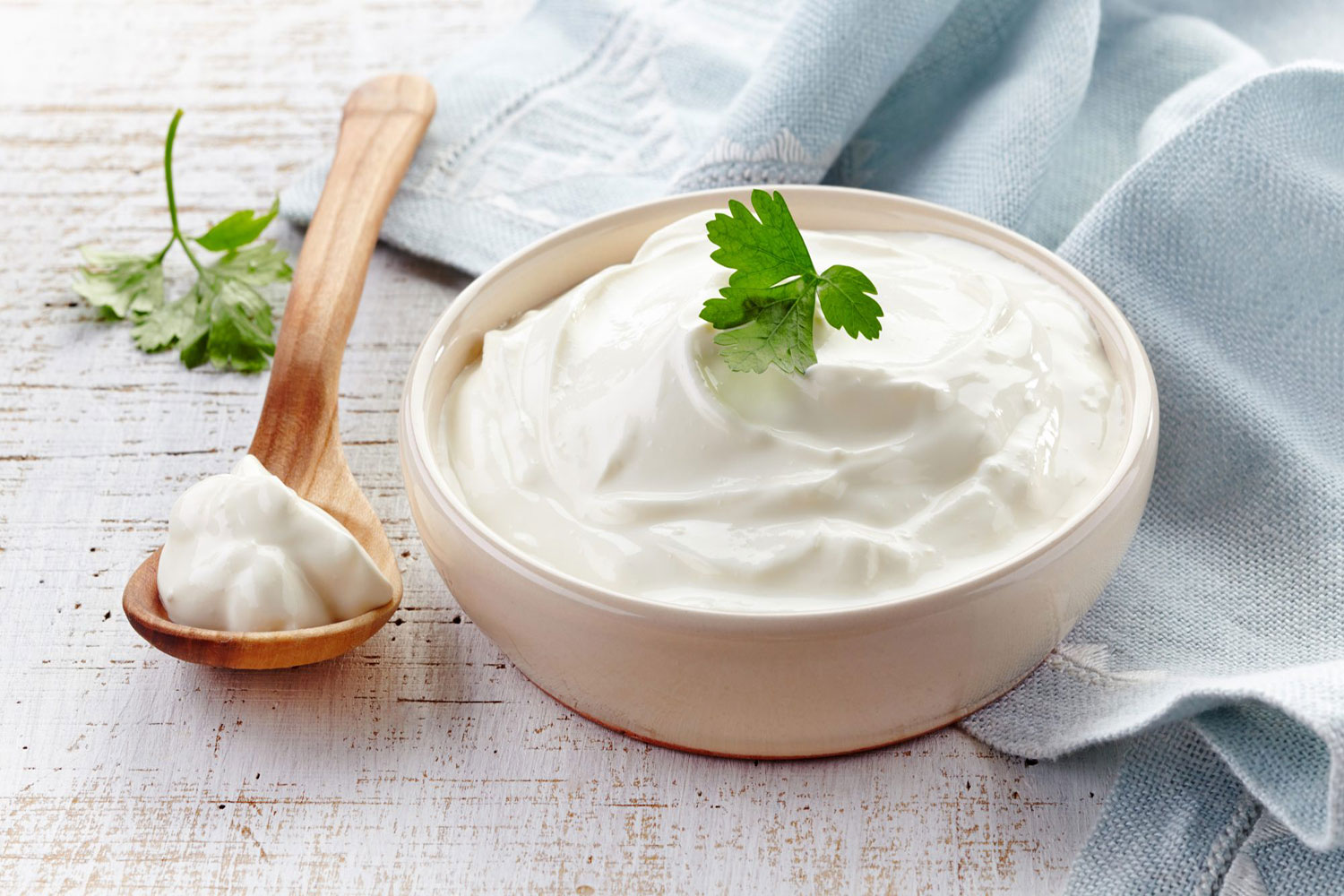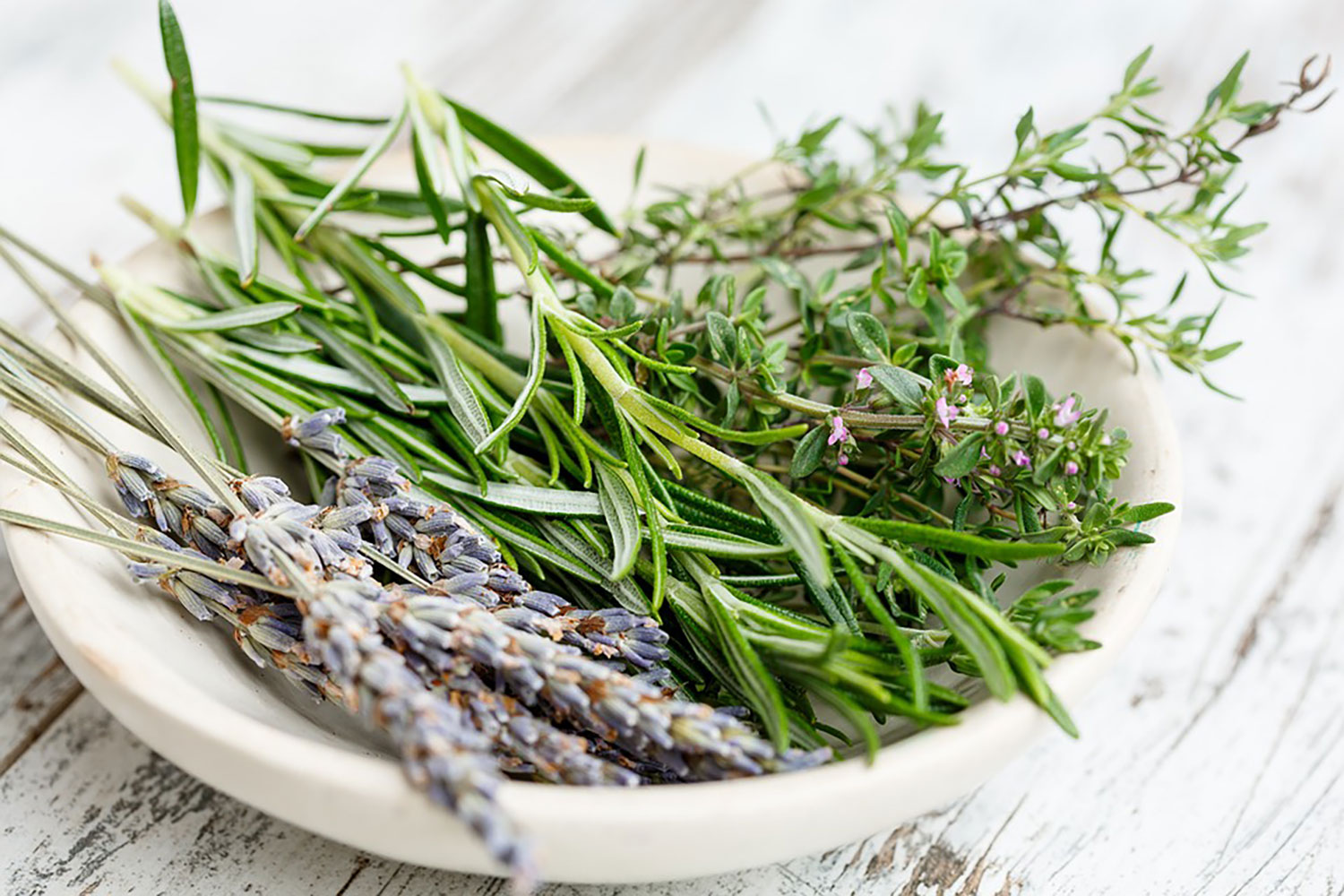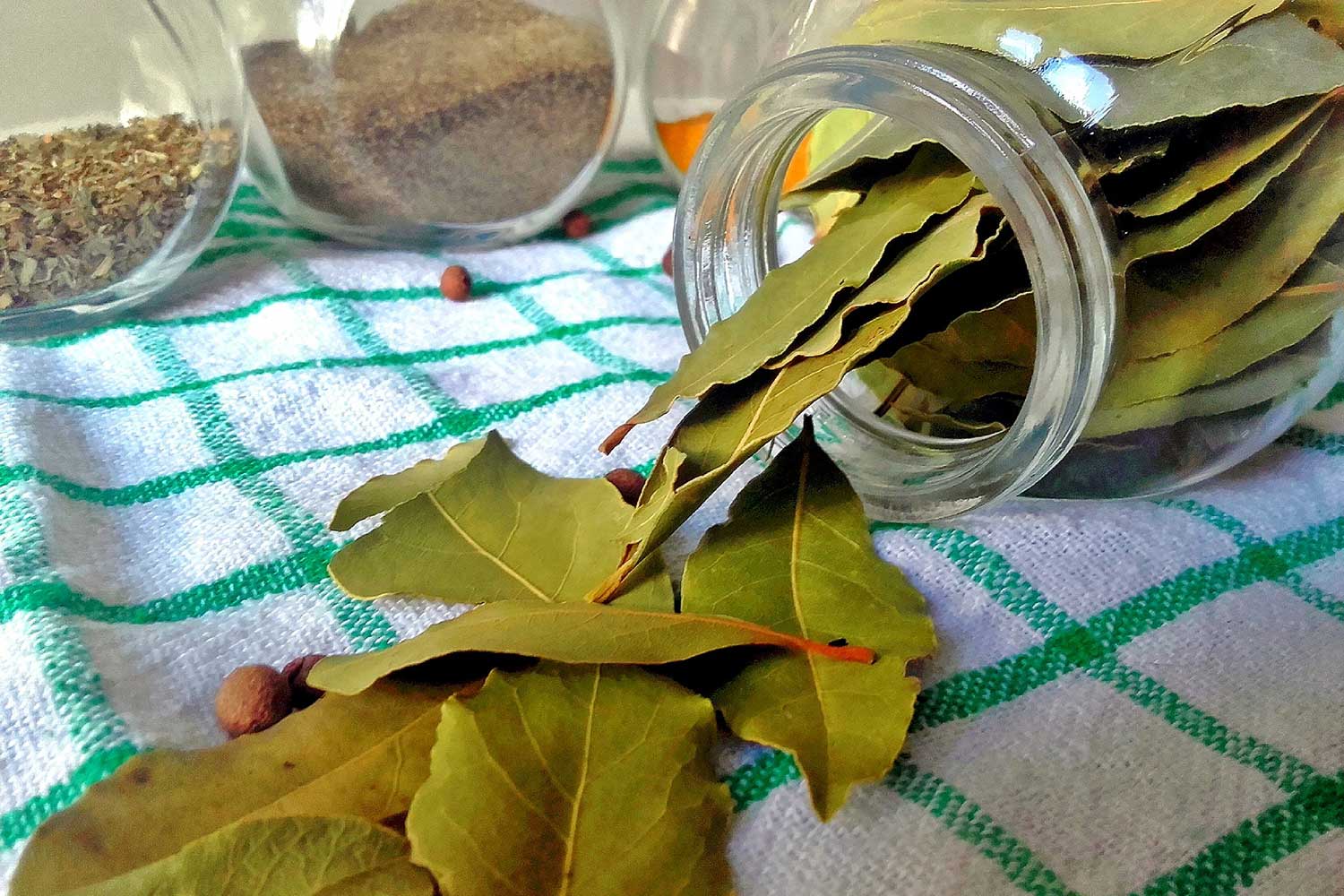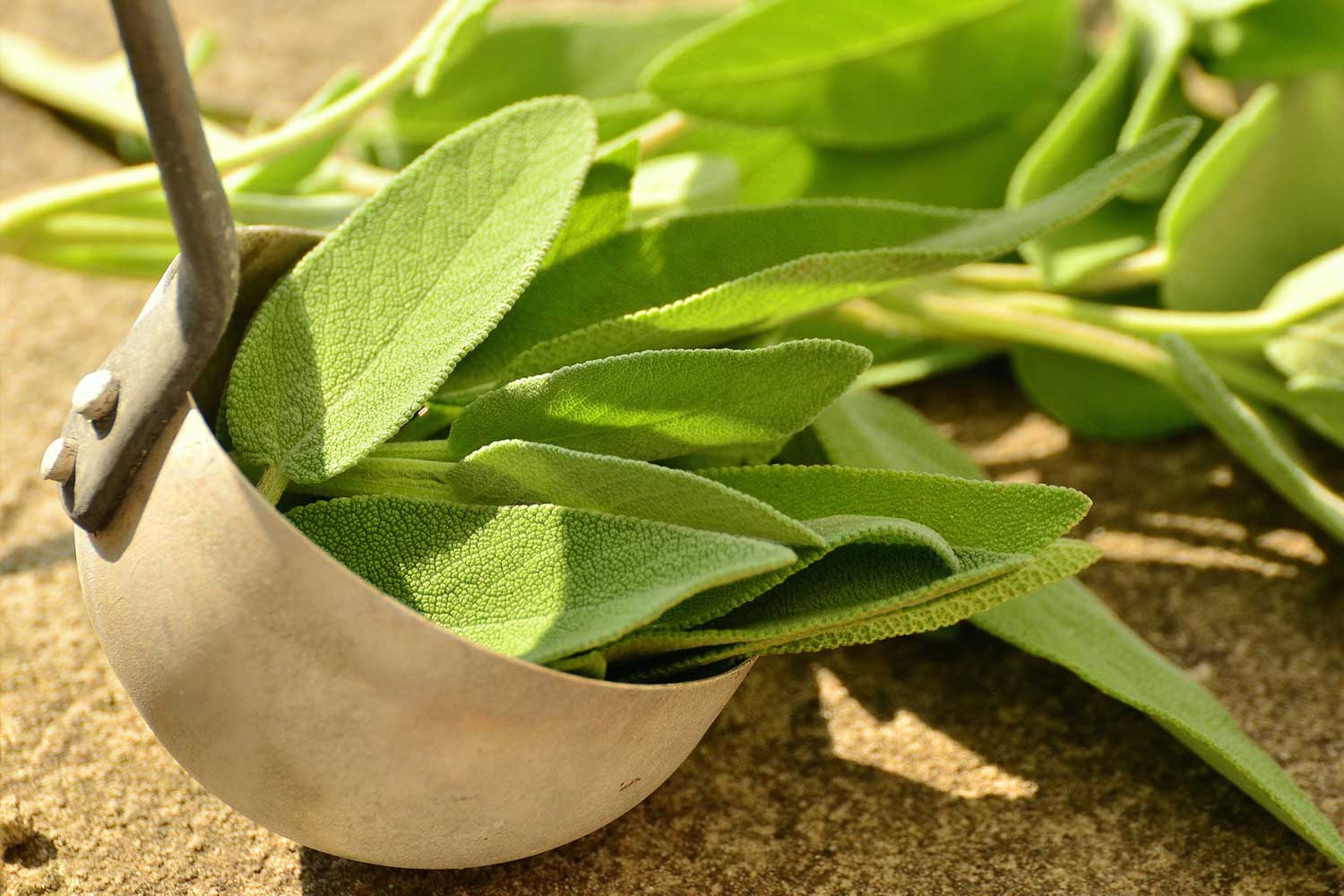Cornmeal is the primary ingredient in delicious recipes like cookies, muffins, biscuits, and corn tortillas. Besides being basic ingredients in numerous recipes, cornmeal can also be utilized for other purposes such as thickening chili.
Cornmeal is very versatile and for this reason, it’s used as a key ingredient in many dishes and recipes. But, sometimes you may lack cornmeal in the drawers of your kitchen. When that happens, what can you go for as a substitute? Well, read on to know several options to consider when you suddenly realize that you’re out of cornmeal.
1. Cayenne Pepper
Unsurprisingly, cornflour happens to be a great cornmeal substitute. If the cornmeal is a smoothly grounded type of grits and polenta, then cornflour must be the finely grounded cornmeal variety. Indeed, cornflour is wonderfully the finest corn grain you can find.
When searching for a suitable cornmeal substitute, then you should consider the use of cornmeal. Actually, if cornmeal is required in improving the flavor of a recipe and you’re out of stock for cornmeal in your kitchen’s drawers, then cornflour can be your best bet.
2. Polenta
Don’t be deceived by the name – polenta is simply cornmeal that’s found in many different grades ranging from fine to coarse. Since cornmeal and polenta are primarily similar, you can utilize the latter as a complete ratio substitute for the former.
3. Rice & Wheat Flour
Wheat flour and rice flour are two suitable types of flour that you can utilize in creating a nice cornmeal substitute. They are particularly great when utilized as a cornmeal alternative for baking.
These flours are an amazing ingredient that many people use to substitute cornmeal. They might not have exactly the cornmeal flavor but should be sufficient to provide some specific foods the level of texture provided by cornmeal.
Additionally, you can try to mix wheat flour with oats (in ground form). Ground oats will provide the flour an effectively rougher texture.
Rice flour, on the other hand, offers a perfect cornmeal substitute. However, it has a finer consistency and a different flavor compared to cornmeal. Its texture can be a little stickier and the flavor is sweet though difficult to distinguish. Perhaps when you use the rice flour, you’ll even like it more than the corn or wheat flour.
4. Ground Flaxseed
Ground Flaxseed can be another ideal cornmeal substitute. It has a relatively similar texture as that of cornmeal. However, its flavor is quite different. That is, Flaxseed is bitter because the plant seeds have a protective nature. Some people believe that the ground flaxseed is an even healthier option to cornmeal due to its nutrient-dense innards.
Many people have discovered ways of making cornbread of ground flaxseed, which has apparently proven worth making for a second time.
5. Masa Harina
Another effective cornmeal substitute, Masa Harina is a corn flour type well-known as a key ingredient in tortillas. Since it’s a type of corn flour, it can, therefore, be used to replace cornmeal for specific meals. For example, you can use Masa Harina in place of cornmeal for a cornbread recipe and it will work just fine.
But, since Masa Harina features some lime in it, you should expect to experience a little different flavor to the recipe you’re preparing if you utilize Masa Harina to replace cornmeal.
6. Corn Grits (similar texture and flavor)
Corn Grits are similar to white cornmeal except that they are coarser. The Grits come from the same part of the corn plant and will, therefore, offer the same flavor. The only difference is the texture.
Corn Grits provide a grainier consistency of meals, which may be both unpleasant and pleasant quality depending on the individual’s preference. You should utilize a smaller amount of grits because the size of the grain is a bit bigger.
There’s no universal conversion, however, but a suitable starting point should be ¾ of the quantity of the actual cornmeal. For meals that need a liquid consistency, corn grits make a slightly thicker yet still liquid and porridge.
If you’d like to create the same consistency as that of cornmeal, you can lessen your grits to the same amount as a blender, grinder, or food processor. And if you wish to mimic cornmeal closely further, the right blend time is going to take some bits of trying and error.
In the case where you lack the same amount of cornmeal for your particular recipe, you can utilize a ratio of cornmeal to corn grits. For instance, a lot of cornbread dishes call for a 50% cornmeal to 50% grits ratio, which will highly likely add some complexity to the texture of your recipe.
7. Semolina (Different flavor but Similar Texture)
Semolina is special flour prepared by grinding durum kernels to form a fine powder. The flour is, however, a bit coarser than the usual wheat flour and more closely similar to the cornmeal texture. Also, it’s a bit darker and offers a more earthly flavor compared to your normal wheat flour.
It’s recommended that you use a slightly larger amount of semolina compared to what your recipe asks for. That will help in creating a texture as thick as that of cornmeal.
8. Corn Chips
Corn chips may be a ludicrous way of adding corn back into your recipe but it’s amazingly suitable. Just put some chips into your food processor and constantly grind them until you see a particle same size as that of cornmeal. Add the particles to your recipe as if they were cornmeal.
The majority of corn chips are heavily salted, which will surely provide the flavor you need for your recipe. However, you don’t like salt; just make them be zero salted.
Conclusion
In conclusion, these eight ingredients can be used as cornmeal substitute. Some are solid choices since they come from corn just like cornmeal.
Flour might be the least suitable but you can try to mix it with other ingredients such as ground oats or even breadcrumbs to provide that coarse texture. With that in mind, you won’t worry next time when your recipe calls for cornmeal and there’s none remaining. Just give any of the above alternatives a try!
